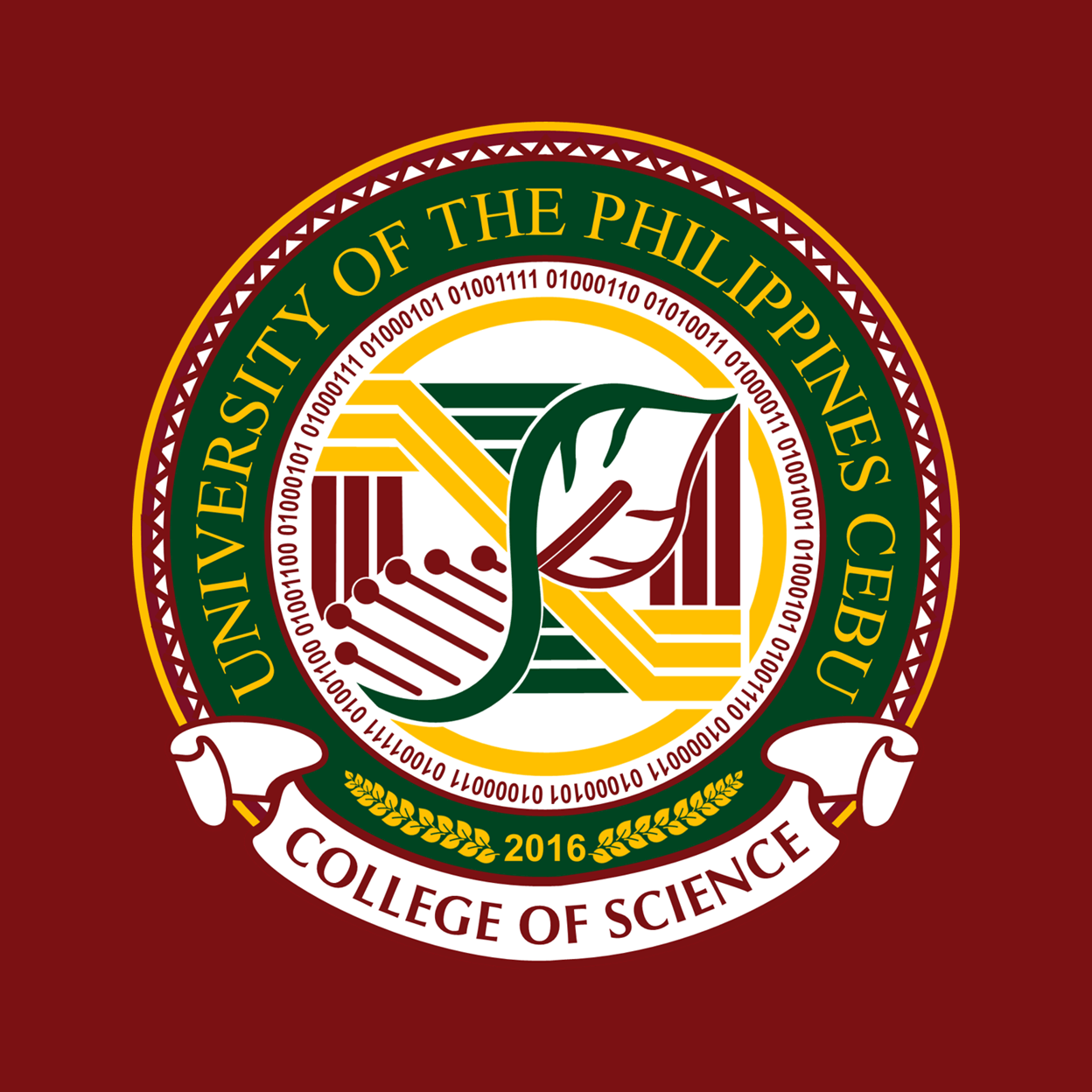Total coliform bacteria are a collection of relatively harmless microorganisms commonly found in the gut of warm and cold blooded organisms. Part of this collection is the fecal coliform which origin may come only from warm blooded animals and is highly differentiated by their ability to grow at elevated temperatures. The water quality of Buhisan River in Cebu City was evaluated using coliforms (total coliform and fecal coliform) as indicators, in relation with physicochemical parameters such as biological oxygen demand (BOD), conductivity, dissolved oxygen (DO), nitrate, ph, phosphate, salinity, temperature, total dissolved solids (TDS) and total suspended solids (TSS). Sampling was done once a month from November 2011 to April 2012 in three established stations covering the upstream, midstream and downstream. The multiple tube fermentation technique was used for the analysis of coliforms. On a spatial scale, FC values differed significantly (p=0.043) which increased from the upstream towards the lower reaches of the river especially in the months of January and February, however, the difference in values across time was not significant. This imply that there was continuous fecal pollution in the river. Statistically, no significant correlations were noted between coliforms and the physicochemical factors. A negative relationship was observed among coliforms with DO and nitrate (p>0.05). These results suggest the presence of sewage and organic pollution in the river, which could be attributed to the lack wastewater treatment facilities for domestic and industrial discharges across the river system.
International Journal of Research in Environmental Science and Technology

Recent Comments